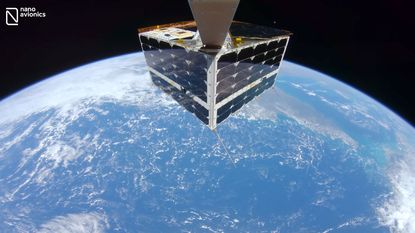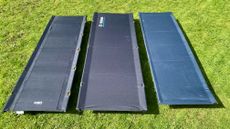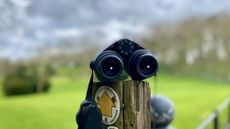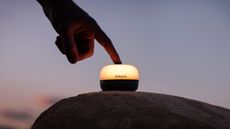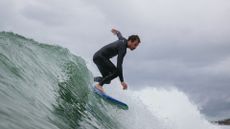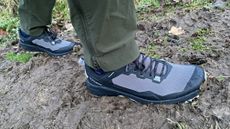A spacecraft engineering company has sent a GoPro into orbit to take space selfies. NanoAvionics attached the action cam to one of its microsatellites with a selfie stick, to capture photos and video. The exercise was primarily to check in on satellite operations, but a welcome side-effect was that it captured some truly epic shots of Earth in the background.
The intrepid HERO captured 4K video clips and 12-megapixel photos of the NanoAvionics' MP42 microsatellite, which launched in April this year, with the earth photobombing in the background. From 550 km above the Coral Sea, the video is clear enough to be able to spot the Great Barrier Reef.
The second impressive part of this story is to do with the camera in question. Not only is it just a regular, off-the-shelf model, but it's not even the best GoPro on the market. Not by a long shot. It's a GoPro HERO 7, which is so old that it's not even in the brand's current lineup. By our current reckoning, it's about the 8th best action camera on the market right now.
According to NanoAvionics, off-the-shelf cameras aren't typically the go-to for satellite missions, but this one was chosen because space-grade engineering cameras tend are too lo-res, too expensive, and take too long to develop. Although we're not totally clear why they didn't plump for the range-topping GoPro HERO 10 Black.
It's a real testament to how robust these action cameras are. The HERO 7 had to be able to endure a rocket launch, survive in the vacuum of space, and be able to withstand huge swings in temperature, too. (Apparently, still not quite as damaging as this brutal parrot attack, from which a different GoPro came off decidedly worse-for wear.)
It didn't quite go as-is; the GoPro was stripped down and rehoused in a new custom casing (the selfie stick was specially engineered, too). The team also had to add systems that'd allow them to communicate and control the camera remotely.
There are plans for more, similar interstellar selfie sessions on future missions. "The reason for taking the photo and video clip with the Great Barrier Reef in the background was partly symbolic. We wanted to highlight the vulnerability of our planet and the importance of Earth observation by satellites, especially for monitoring environment and climate changes," comments NanoAvionics CEO Vytenis J. Buzas. "In our increasingly visual culture, it is important for investors, students, customers and the general public to see in order to believe. Millions watch rocket launches but barely see satellites moving in orbit or deployable structures in operation. This is going to change through live or recorded footage."
